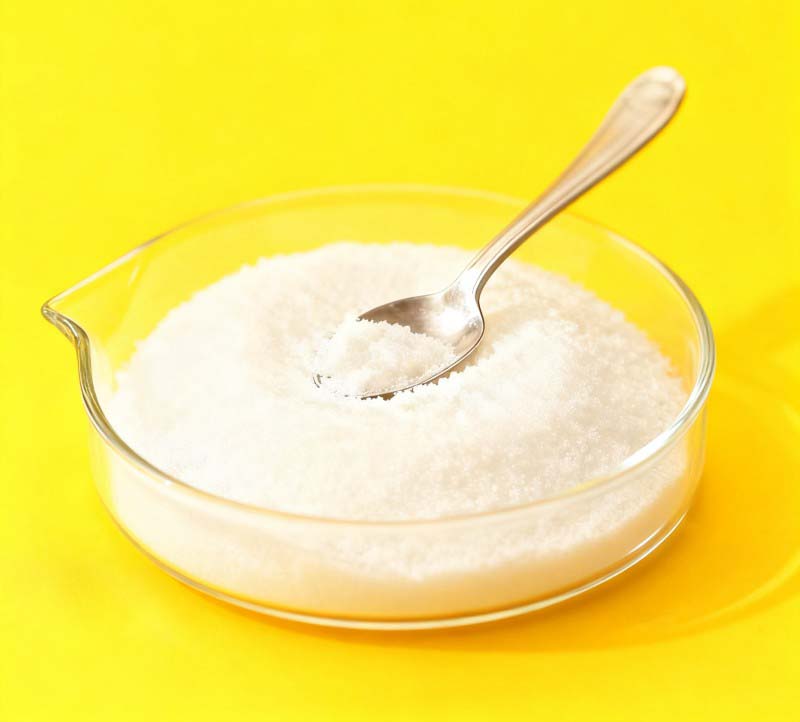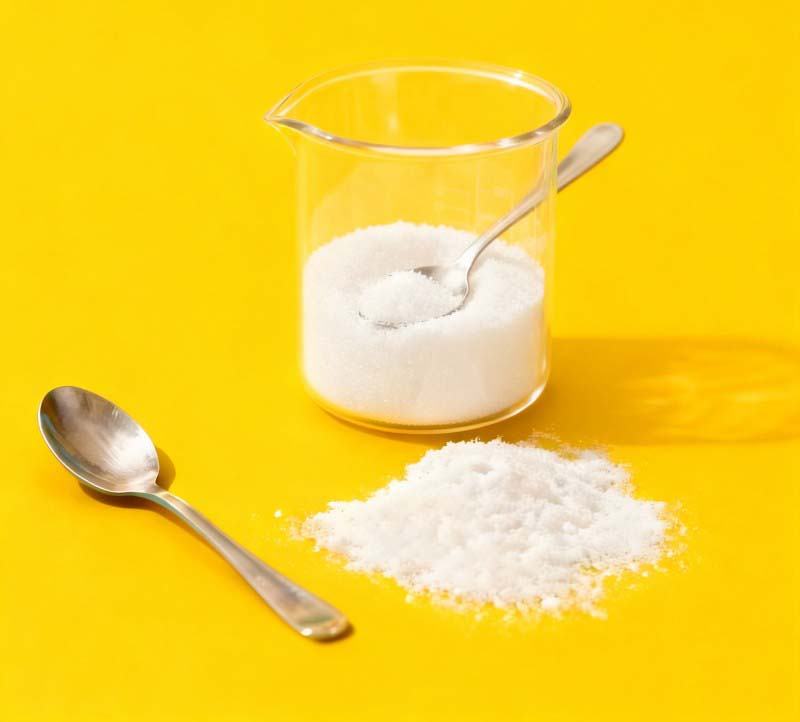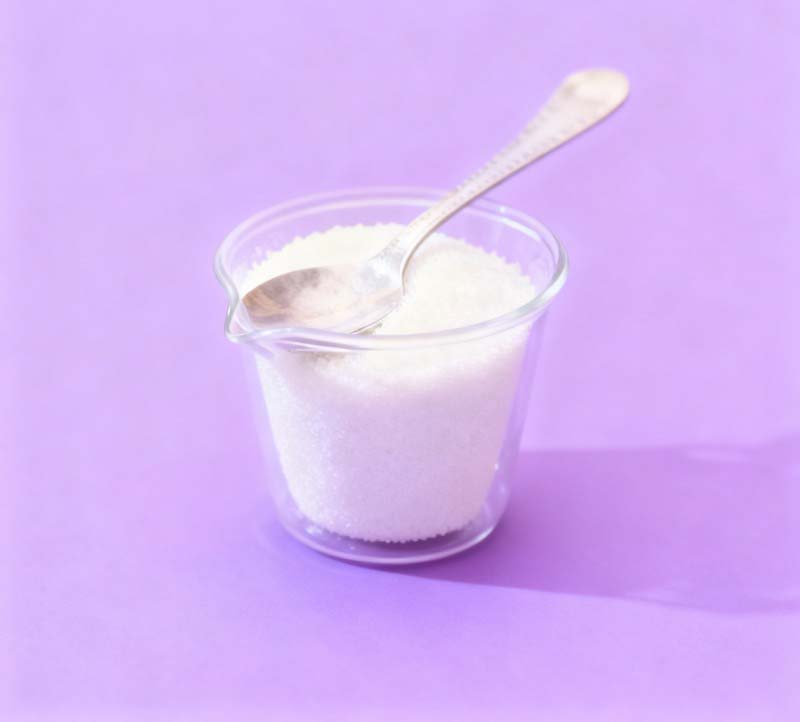Biotin Probe Synthesis

Analysis of User Needs:
Based on the search keyword “生物素探针合成” (Biotin Probe Synthesis), the user is likely a researcher or technician in fields like molecular biology, biochemistry, cell biology, or chemical biology. Their underlying needs can be broken down as follows:
The term “Biotin Probe Synthesis” refers to the chemical process of attaching a biotin molecule to a target biological molecule (like a protein, antibody, nucleic acid, or drug compound), creating a powerful tool for detection, isolation, and analysis. This guide is designed to comprehensively address all aspects of this crucial laboratory technique.

Biotin (Vitamin B7) has an extraordinarily high affinity for streptavidin or avidin (Kd ≈ 10⁻¹⁵ M), one of the strongest non-covalent interactions in nature. By synthesizing a biotin probe, you effectively “tag” your molecule of interest. This tag can then be recognized by enzyme-conjugated, fluorescently-labeled, or bead-immobilized streptavidin, enabling a wide range of downstream applications.
The synthesis method depends heavily on the target molecule you wish to biotinylate.
A. Protein Biotinylation:
This is the most common application. It typically involves reacting amine-reactive biotin esters with lysine residues on the protein surface.
B. Nucleic Acid Biotinylation:
Biotin can be incorporated into DNA or RNA.

C. Chemical Conjugation for Small Molecules:
For small molecules or other ligands without primary amines, other biotinylation reagents are available:
Synthesis is only half the battle; you must confirm you have a functional probe.